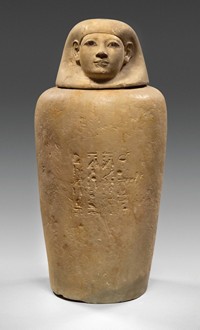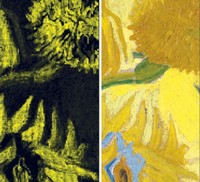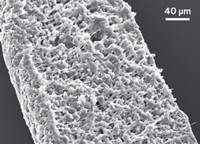Advertisement
Grab your lab coat. Let's get started
Welcome!
Welcome!
Create an account below to get 6 C&EN articles per month, receive newsletters and more - all free.
It seems this is your first time logging in online. Please enter the following information to continue.
As an ACS member you automatically get access to this site. All we need is few more details to create your reading experience.
Not you? Sign in with a different account.
Not you? Sign in with a different account.
ERROR 1
ERROR 1
ERROR 2
ERROR 2
ERROR 2
ERROR 2
ERROR 2
Password and Confirm password must match.
If you have an ACS member number, please enter it here so we can link this account to your membership. (optional)
ERROR 2
ACS values your privacy. By submitting your information, you are gaining access to C&EN and subscribing to our weekly newsletter. We use the information you provide to make your reading experience better, and we will never sell your data to third party members.
Analytical Chemistry
15th-Century Paint Recipes Discovered
Mapping technique commonly used in remote sensing can identify a paint’s binder nondestructively
by Sarah Everts
July 8, 2013
| A version of this story appeared in
Volume 91, Issue 27
Most art enthusiasts look at a Renaissance masterpiece and enjoy the painting’s aesthetics. But John K. Delaney, a conservation scientist at the National Gallery of Art, studies artworks’ binders, the material that suspends the pigments and makes up the paint’s bulk. Delaney’s team reports a noninvasive way of mapping the chemical identity of a painting’s binders via an absorption spectroscopy technique common in remote sensing called near-infrared reflectance imaging spectroscopy (Analyst 2013, DOI: 10.1039/c3an00926b). The team showed that a painting made in 1475 by Cosimo Tura used paints that were composed of egg yolk binders, animal skin glue binders, and mixtures of these binders and other ingredients. They showed that the near-IR spectroscopy technique accurately identified the painting’s binders by comparing their results with results obtained previously via conventional, and destructive, sampling and analysis methods.





Join the conversation
Contact the reporter
Submit a Letter to the Editor for publication
Engage with us on Twitter